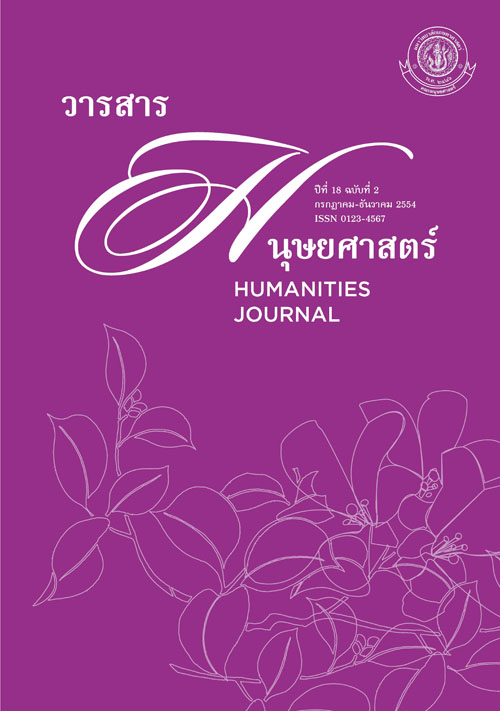The Unergative-Unaccusative Split: A Study of the Verb DIE
Main Article Content
Abstract
This article aims to diagnose the unergative-unaccusative distinction with reference to the verb die which often displays differing behaviours because it can appear in many different syntactic constructions. Particularly, the study seeks to establish whether die is an unergative or an unaccusative verb, using eight diagnostics for unaccusativity (e.g. the one’s way construction, the pseudo-passive construction, the cognate object construction) Results of the study have shown that the verb die stands astride the border between an unergative verb and an unaccusative verb. There is no single reliable diagnostic test for the unergative/unaccusative contrast, which can dictate whether die is either unergative or unaccusative. It is more likely to depend on which diagnostic test is adopted.


